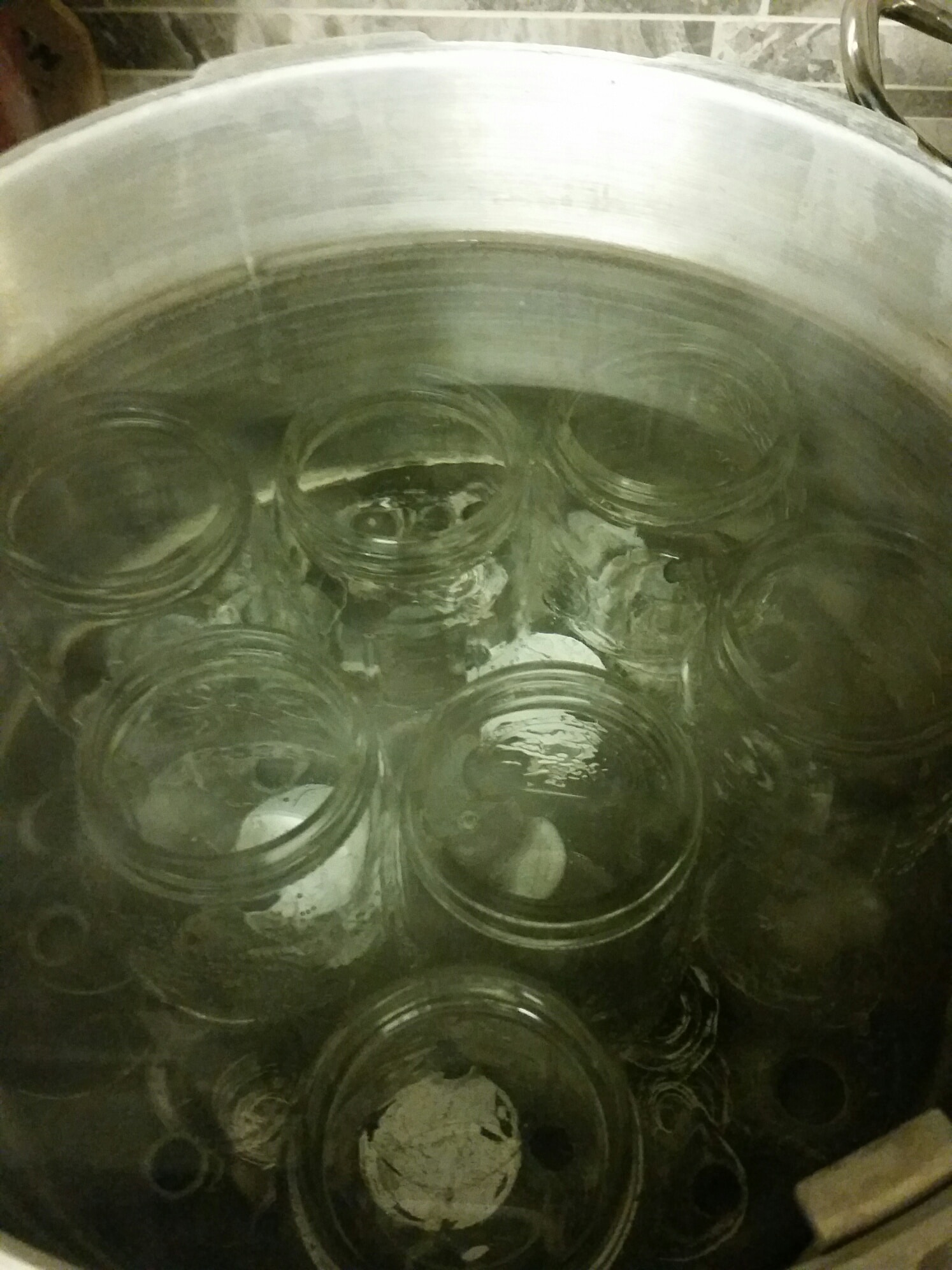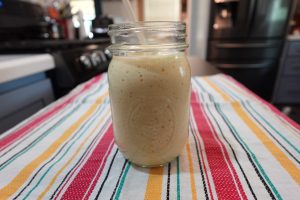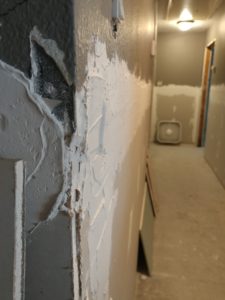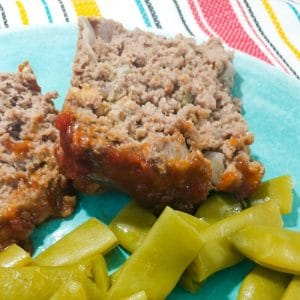Proper Canning Techniques
Proper canning techniques are essential to ensure the safety and longevity of your canned foods. Here are the basic steps for water bath canning and pressure canning, which are the two primary methods used for canning:
Water Bath Canning
- Preparation: Wash and sterilize your canning jars, lids, and bands. Use new, undamaged lids for sealing.
- Prepare Food: Prepare your food, whether it’s fruits, jams, or pickles. Follow a trusted canning recipe.
- Fill Jars: Fill the sterilized jars with your prepared food, leaving the recommended headspace as per your recipe.
- Remove Air Bubbles: Use a non-metallic tool to remove any air bubbles trapped in the jar.
- Wipe Jar Rims: Wipe the jar rims with a clean, damp cloth to ensure a clean seal.
- Apply Lids and Bands: Place the sterilized lids on the jars and screw on the bands until they are fingertip-tight. Don’t over-tighten.
- Process in Boiling Water: Place the filled jars in a large pot of boiling water. Ensure the jars are covered with at least 1-2 inches of water. Process for the recommended time, as specified in your recipe.
- Cool and Test Seals: After processing, remove the jars and allow them to cool. The lids should make a popping sound, indicating a proper seal. Check the seals by pressing the center of each lid; it should not pop back.
Pressure Canning
- Preparation: Follow the same sterilization and jar preparation steps as in water bath canning.
- Prepare Food: Prepare the food as specified in a pressure canning recipe.
- Fill Jars: Fill jars with the food, leaving the recommended headspace.
- Remove Air Bubbles: Remove any air bubbles.
- Wipe Jar Rims: Wipe the rims clean.
- Apply Lids and Bands: Place lids and bands on the jars, ensuring they are fingertip-tight.
- Use Pressure Canner: Place the jars in a pressure canner with the required amount of water. Follow the canner’s instructions for pressure and processing time as per your recipe.
- Cool and Test Seals: After processing, allow the jars to cool, and check for proper seals.
Always use up-to-date, tested canning recipes from reliable sources to ensure the safety of your canned foods. Follow all safety guidelines provided with your canner and be aware of altitude adjustments if you live at a high elevation. Properly canned foods can last for a long time and provide safe, delicious preserved items for your pantry.








One Comment